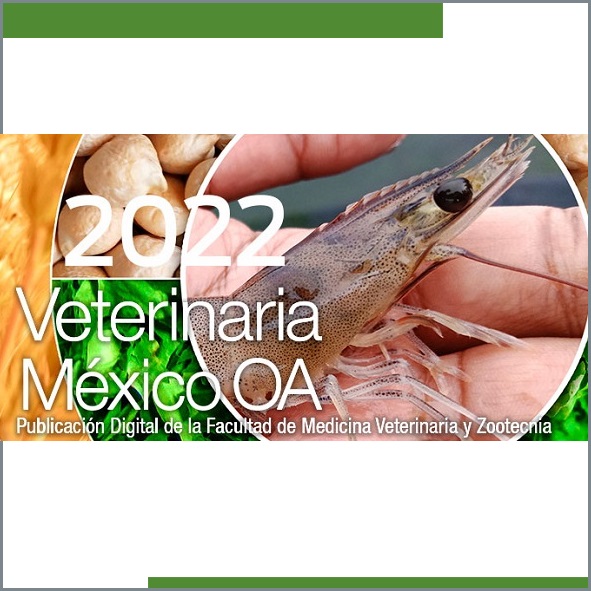Monitoring different causal patterns of bovine abortion syndrome
Contenido principal del artículo
Resumen
Bovine Abortion Syndrome (bas) has a significant impact on commercial dairies. Abortion rates vary between 2 and 20 % and there is little information regarding non-infectious factors affecting fetal stages. We analyzed the joint relationship of infectious and non-infectious factors with the probability of abortion in dairy cows. We used dairy cows from the Ñuble province of Chile (n = 148) at 42 days of pregnancy. We then took monthly blood samples until abortion or calving. We determined plasma concentrations for the following: amino transferase, albumin, cholesterol, globulin, fibrinogen, â-hydroxybutyrate, retinol, á-tocopherol, calcium, phosphorus, glutathione peroxidase, total proteins and urea. Serology was performed for infectious diseases and body conditions were recorded. Our study used a multivariable logistic regression model and proportional hazard regression. There was an (p < 0.05) association with abortion, (or = 4.27) for Neospora caninum and (hr = 94.35) for Leptospira interrogans, with a low cholesterol concentration (p < 0.05) in the fourth month of pregnancy (or = 0.61), and a decrease in body condition from month three to four (or = 0.32). bas is associated with negative energy balances, protective effects of high cholesterol plasma concentrations in the first trimester of gestation and incidences of Neospora caninum, Leptospira interrogans, and a conjunction of the two. It is important to provide epidemiological surveillance tools that help anticipate herd reproductive losses through management measures, infectious disease control and proper nutritional management.
Detalles del artículo
License

Veterinaria México OA por Facultad de Medicina Veterinaria y Zootecnia de la Universidad Nacional Autónoma de México se distribuye bajo una Licencia Creative Commons Atribución 4.0 Internacional.
Basada en una obra en http://www.revistas.unam.mx
- Todos los artículos en Veterinaria México OA se publican bajo una licencia de Creative Commons Reconocimiento 4.0 Unported (CC-BY 4.0). Con esta licencia, los autores retienen el derecho de autor, pero permiten a cualquier usuario compartir, copiar, distribuir, transmitir, adaptar y hacer uso comercial de la obra sin necesidad de proporcionar un permiso adicional, siempre y cuando se otorgue el debido reconocimiento al autor o fuente original.
- Al utilizar esta licencia, los artículos en Veterinaria México OA cubren o exceden todos los requisitos fundacionales e institucionales para ser considerados de Acceso Abierto.
- Los autores no pueden utilizar material protegido por derechos de autor en su artículo a menos que ese material esté también disponible bajo una licencia igualmente generosa.



